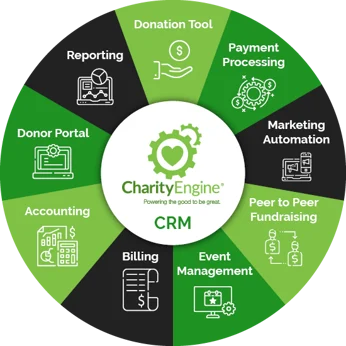Have you ever thought, “What’s the very best time of day to send e-mail?” If you’ve seen us at any of our educational sessions lately you probably know that we firmly believe in 10:00 AM and 2:00 PM as the prime “send times”. No, this doesn’t mean between 10 AM and 2 PM, it means at 10:00 AM or at 2:00 PM.
These concepts may be obvious to most of you, but there are many people who don’t think strategically about when their messages should be sent. Even those who make a plan, sometimes encounter dilemmas in preparing or testing the messages. By the time they’ve worked all those hours to get the message out they just want it SENT! It doesn’t matter when it goes! Or does it?
Here are a few thoughts to consider about timing your e-mail sends:
Where They Sit, 8 Hours a Day
E-mail messages are generally sent to the place where many people spend most of their day – at work, in front of a computer. Depending on your audience “where they work” could be the best or the worst place to send your messages. If they want to hear from you, meaning they’ve opted-in to receive your messages, they are more likely to open your message and review its contents. Some recipients may even give you a non-work e-mail address but have their messages forwarded to a work e-mail account, so it’s difficult to know just by looking at your list. Ideally, when you ask for a person’s e-mail address it’s helpful to also ask if it’s a work or home address.
Send Tuesday through Thursday
As much as possible avoid sending e-mail messages on Monday or Fridays. On Fridays people are already in the weekend mindset or they are busy trying to finish up their work so they can leave for the weekend. On Mondays they are refocusing after the weekend away from the office and your message could get lost in the mix of all the other messages that have arrived since Friday. Therefore, as much as possible doing the majority of your messaging on Tuesdays, Wednesdays or Thursdays.
Send at 10:00 AM OR at 2:00 PM
Sending your message either at 10 or 2 means you will have a better chance of your message arriving separately instead of sitting in the inbox with a long list of other new messages. If your message arrives on its own it has a higher change of being opened. By 10 AM most people have gotten through the messages that filled their inbox upon arrival at work in the morning. Sending it 1 hour after people return from lunch – around 2:00 PM – means your message has a higher likelihood that it won’t get lost in the clutter while your reader was away. When your message arrives at 10:00 or 2:00, it sits there as a “new arrival”, hopefully all on its own. This way you get more focused attention from the reader than when they have lots of messages to read and act upon.
What About Time Zones?
Your next question is probably, “But how can I send at 10 and 2 in all time zones?” If your list includes e-mail addresses that are primarily from North America you have two options. 1) Sort your list by state of residence and determine the time zone where the majority reside and send your messages to the whole list either at 10 or 2 in that time zone. 2) Or, you can sort your list by state of residence, segment the messages, and schedule them to be sent to each segment based on the prime sending time in that time zone. If you don’t know where your recipients live or you don’t have the bandwidth to segment the list, your best option is to take a guess and try sending at different times each month in the 10 and 2 range, analyze your results over a few months and determine which time provides the best results based on your experience.
Consider Your Audience
Look at your list. Do you have more people who are subscribed to receive your messages at their work e-mail address? (No, you can’t always tell, but if the e-mail address is not AOL, MSN, bigfoot, Hotmail, or Yahoo there’s a good chance that it’s a work e-mail address.) If your list topic tends to attract more stay-at-home moms or others using home e-mail addresses you may be better off sending on a weekend – test it and see what your results are.

